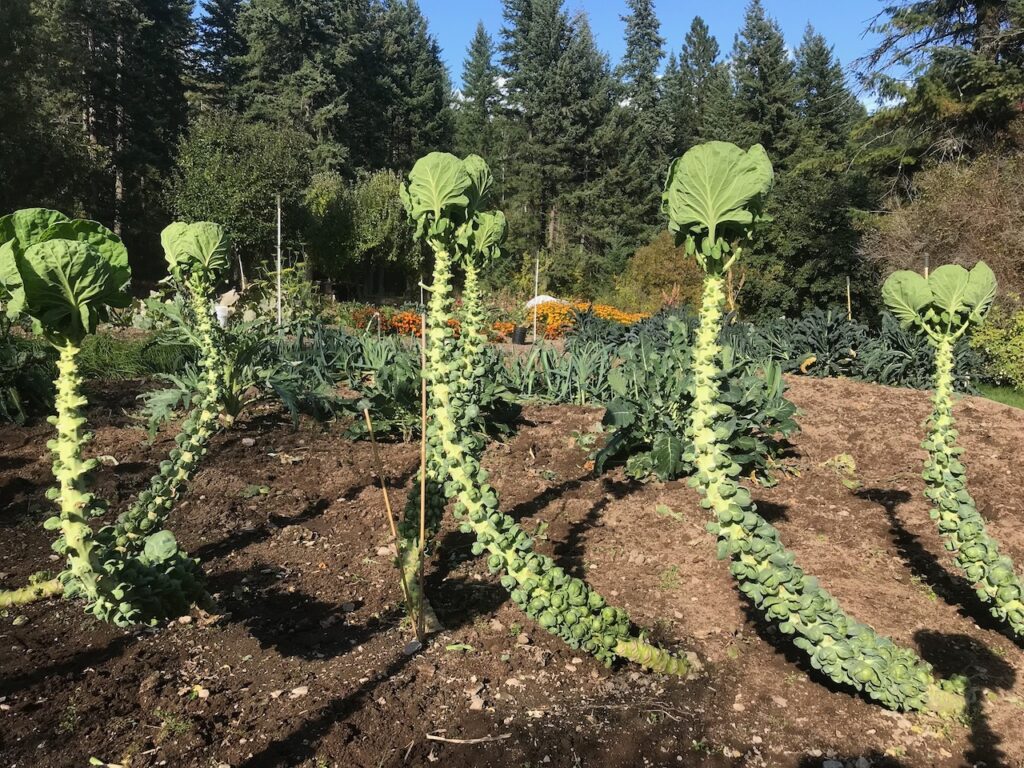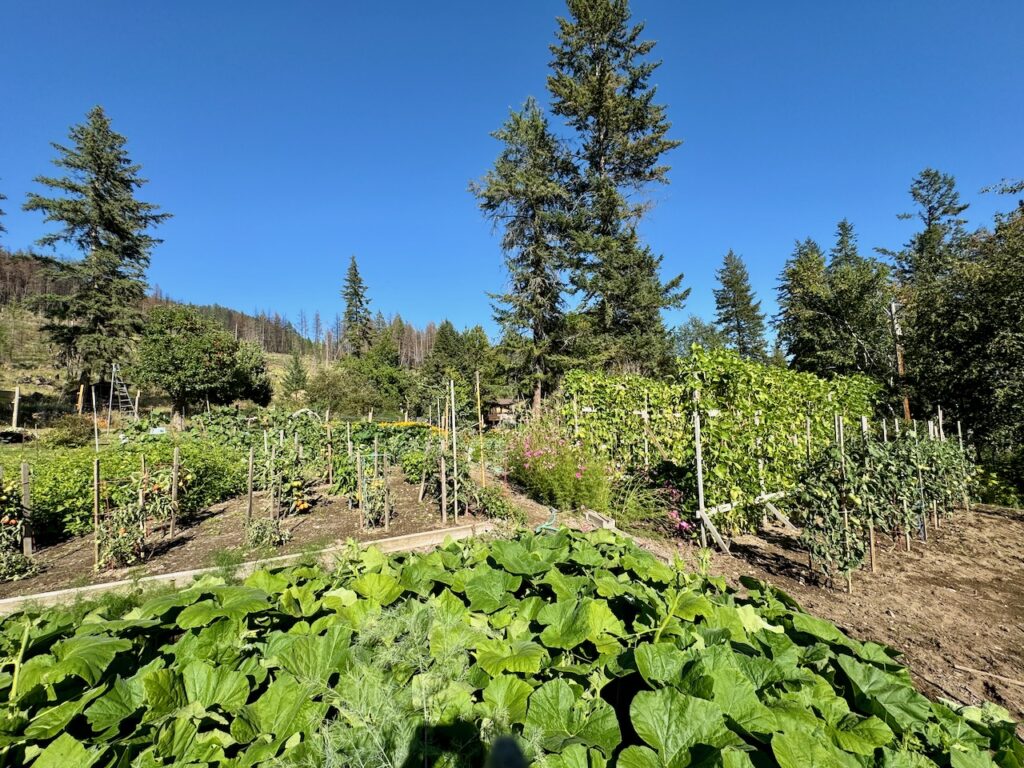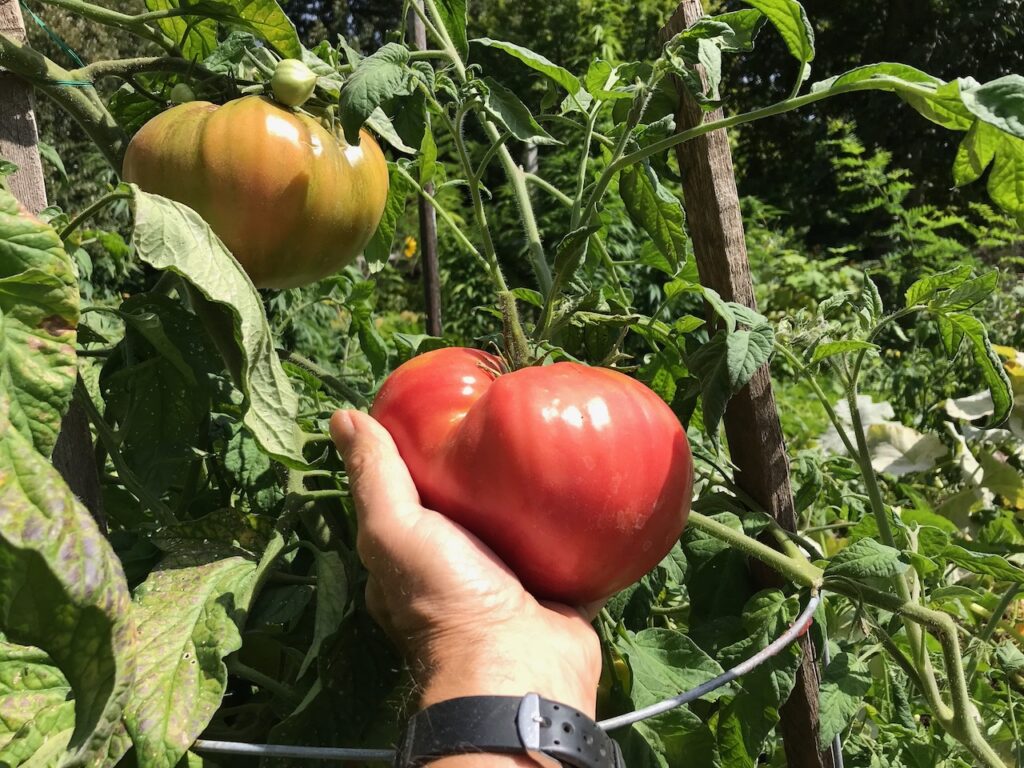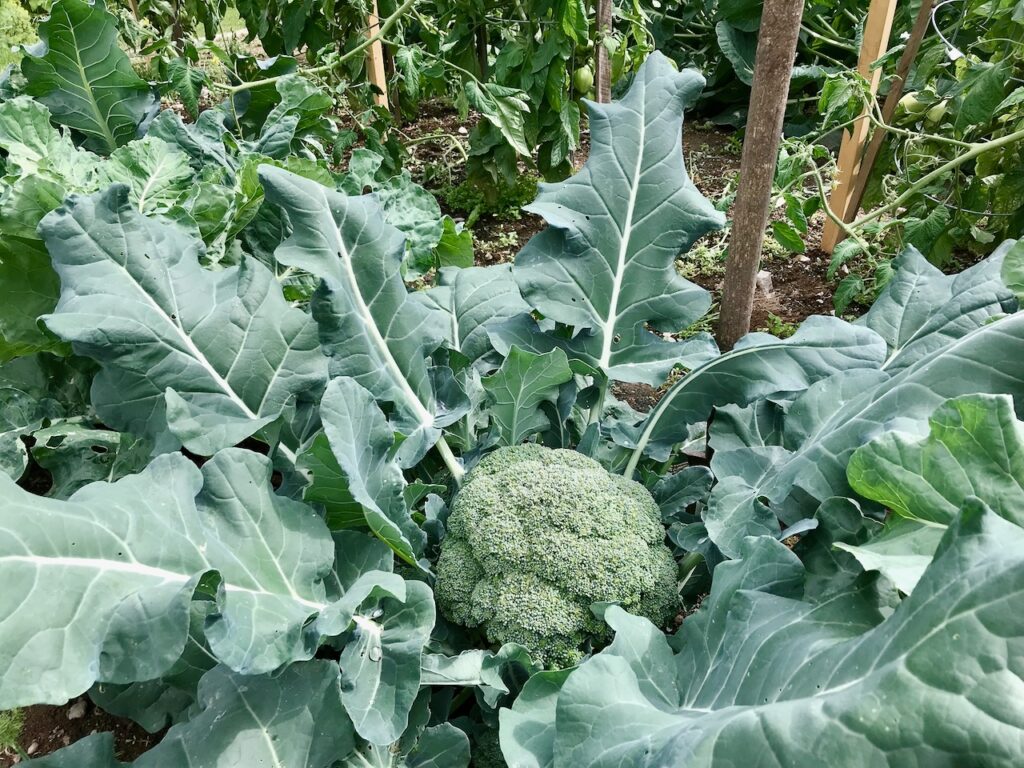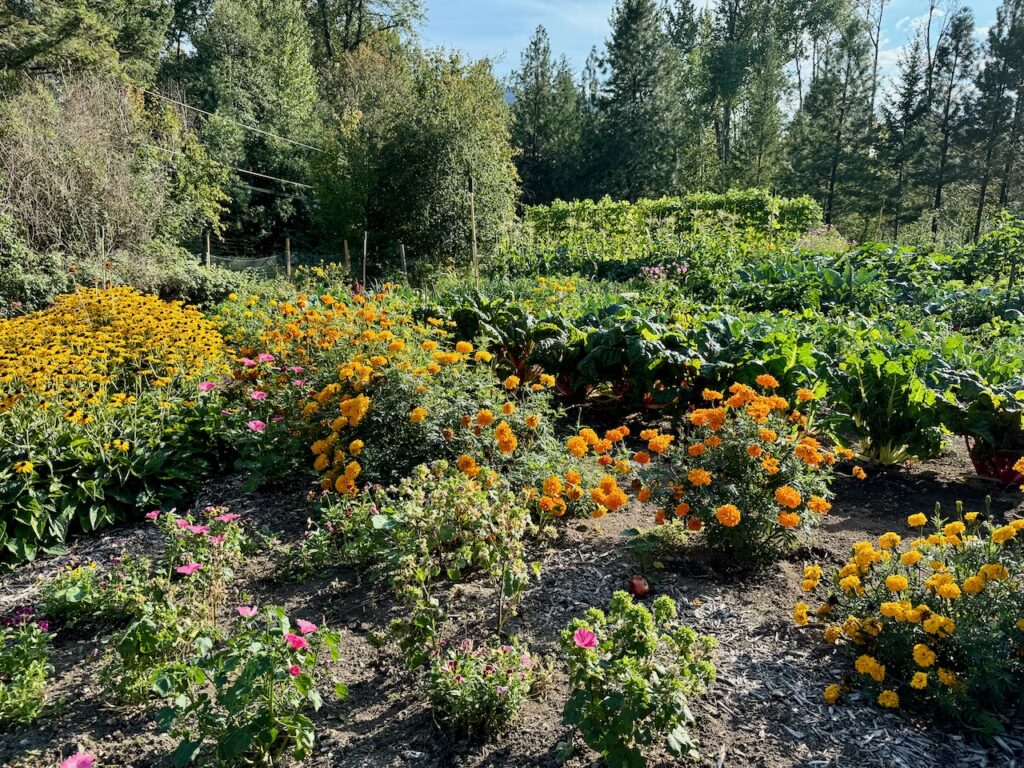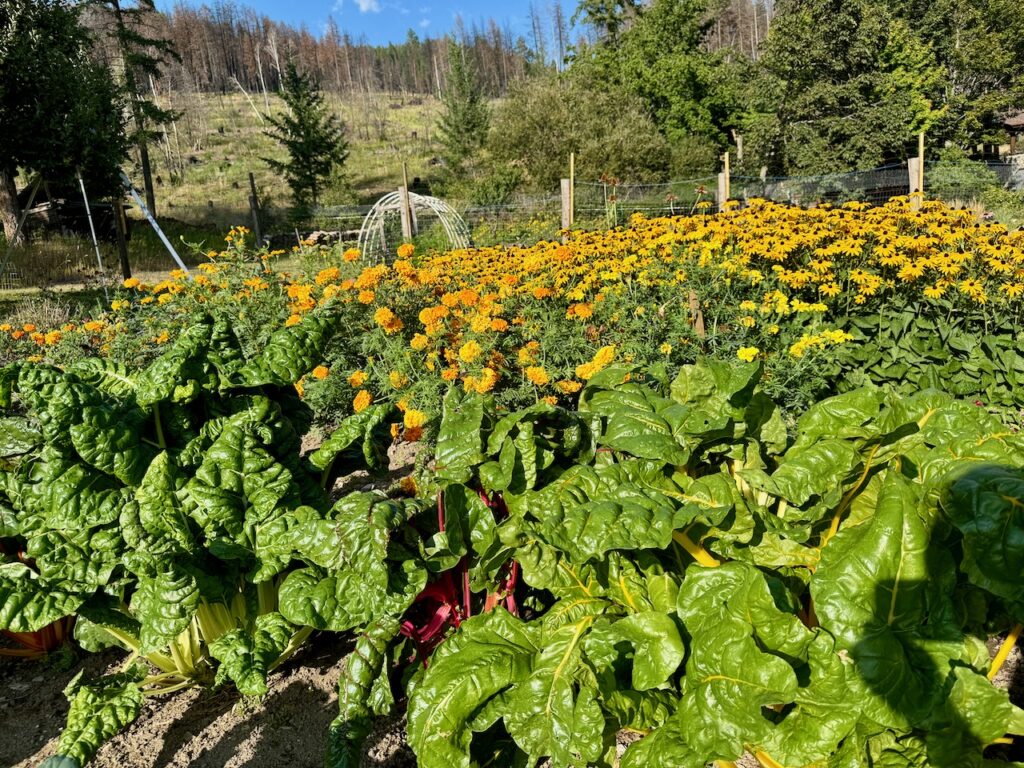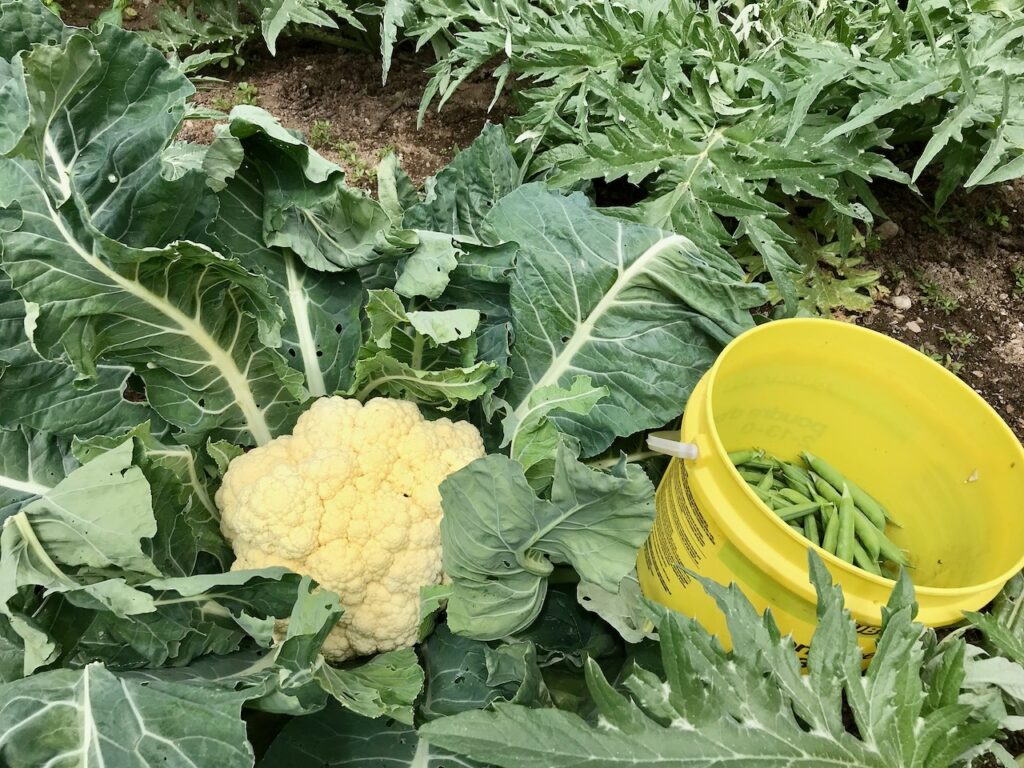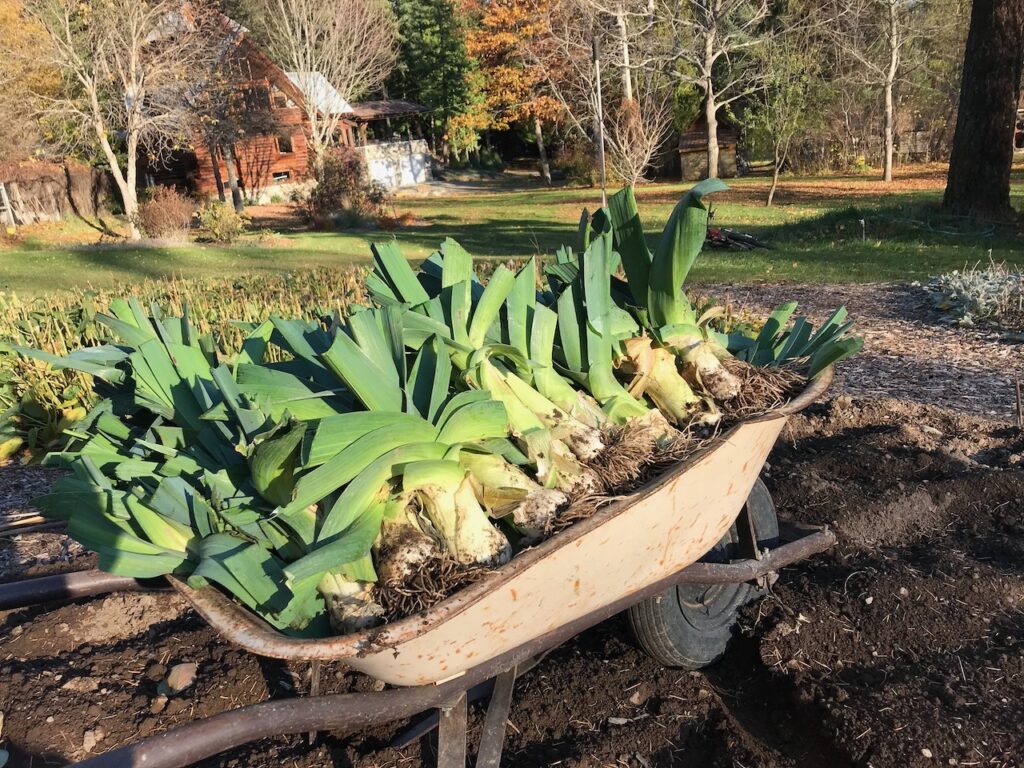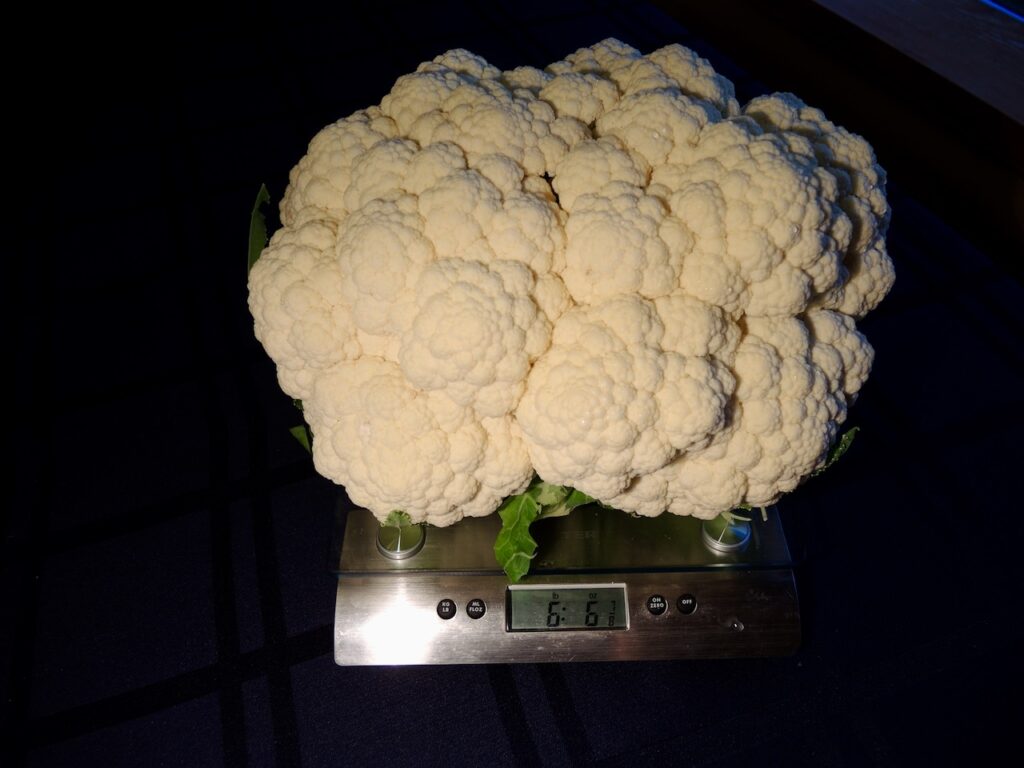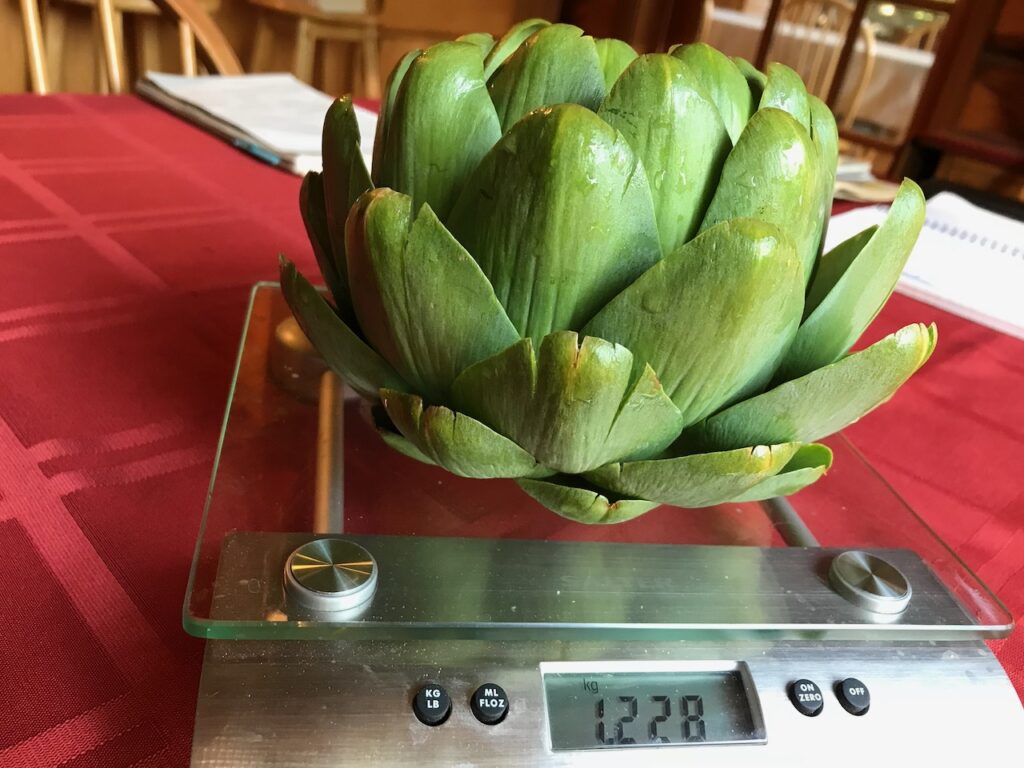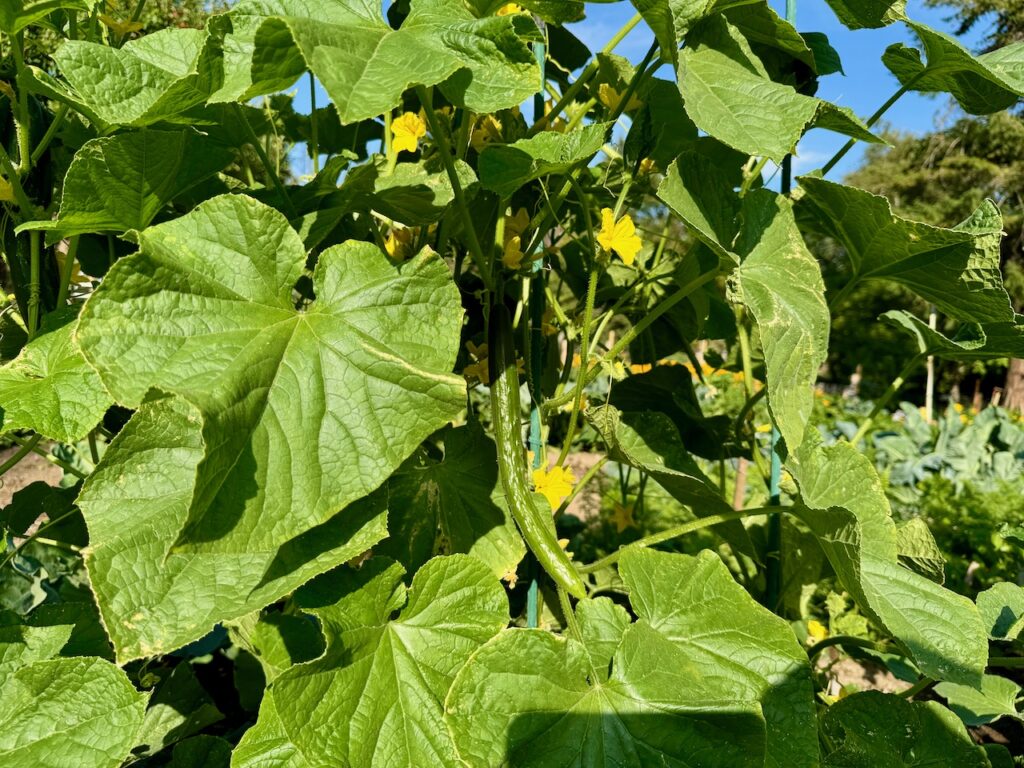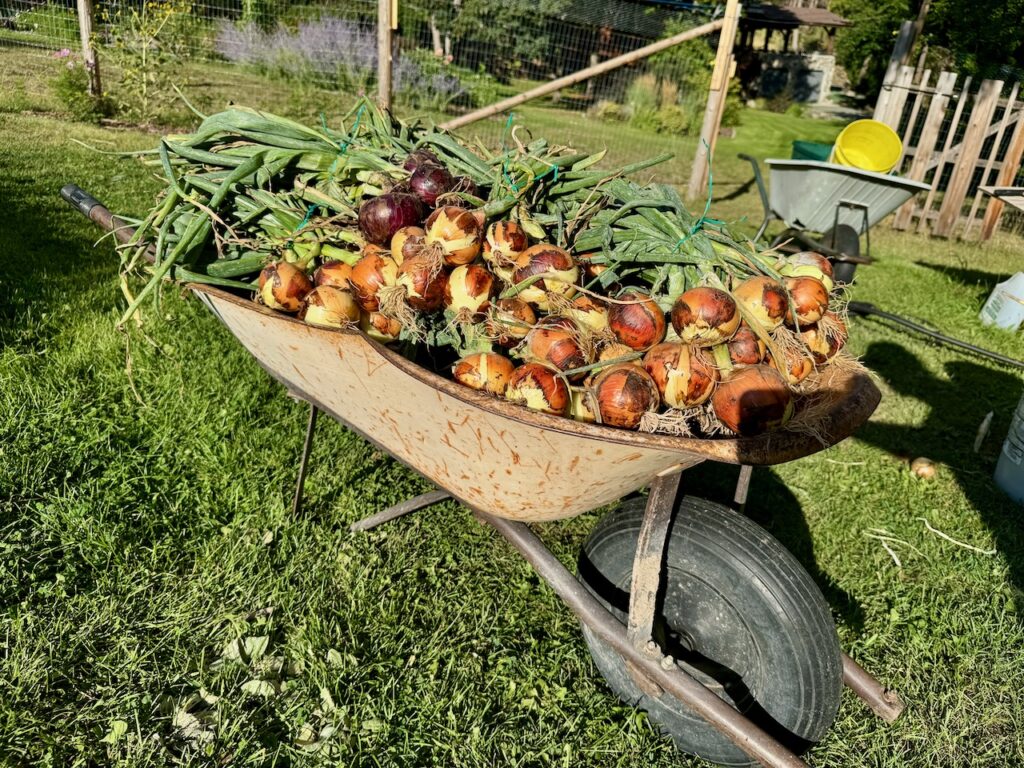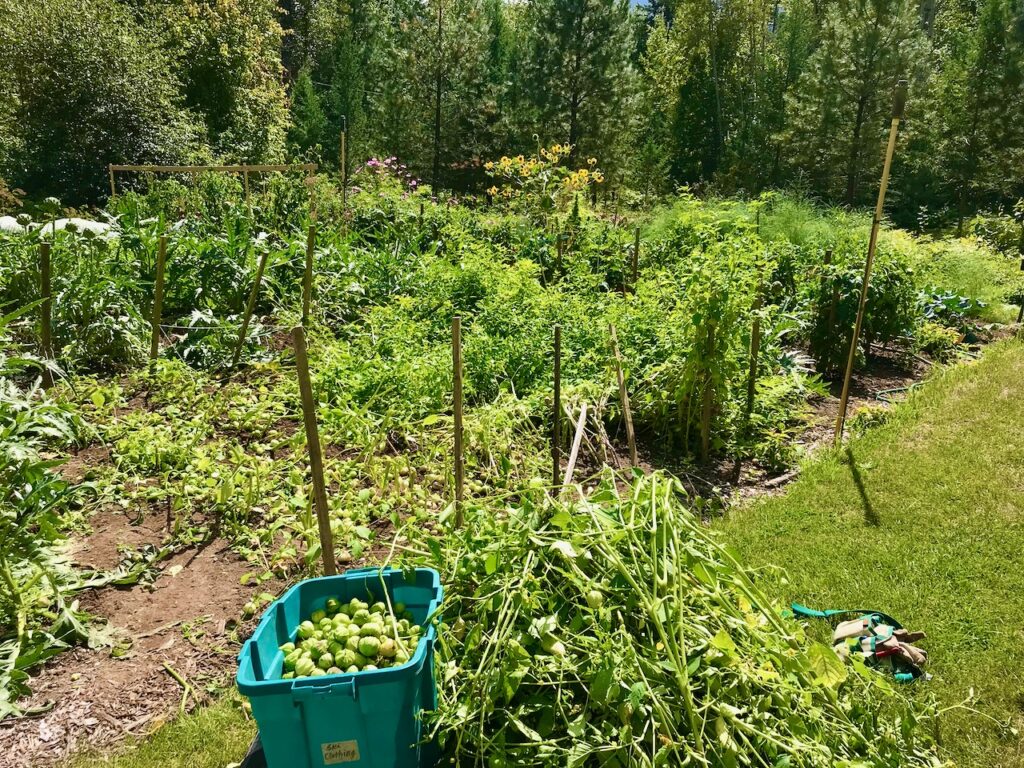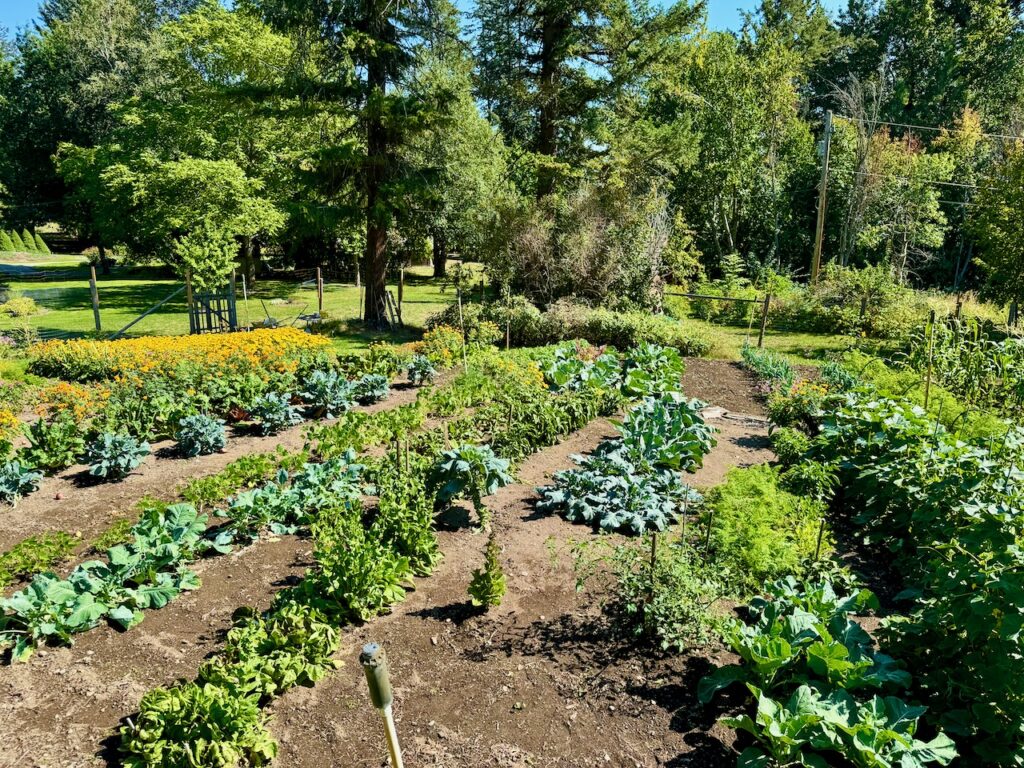
Admittedly, I am an unabashed, confirmed “gardenaholic” who grows far more food than we can possibly consume or put away for the winter. It all began with our first garden that was dug by hand soon after arriving here in Lee Creek in April 1969 after leaving California academia as a war resistor turned “back-to-the-lander.” Since then, I have grown a wide variety of fruit and vegetables, faced many challenges, continued to try new techniques and shared our bounty with many friends, relatives, and even strangers.
Inspired after reading the iconic Mother Earth News and the Whole Earth Catalogue, we made the attempt to “live off the land.” In addition to growing garden produce we raised goats and sheep until the many predators feasted on them. It soon became obvious, that it was necessary to earn an income to survive and the food we grew became a healthy addition to what we purchased.
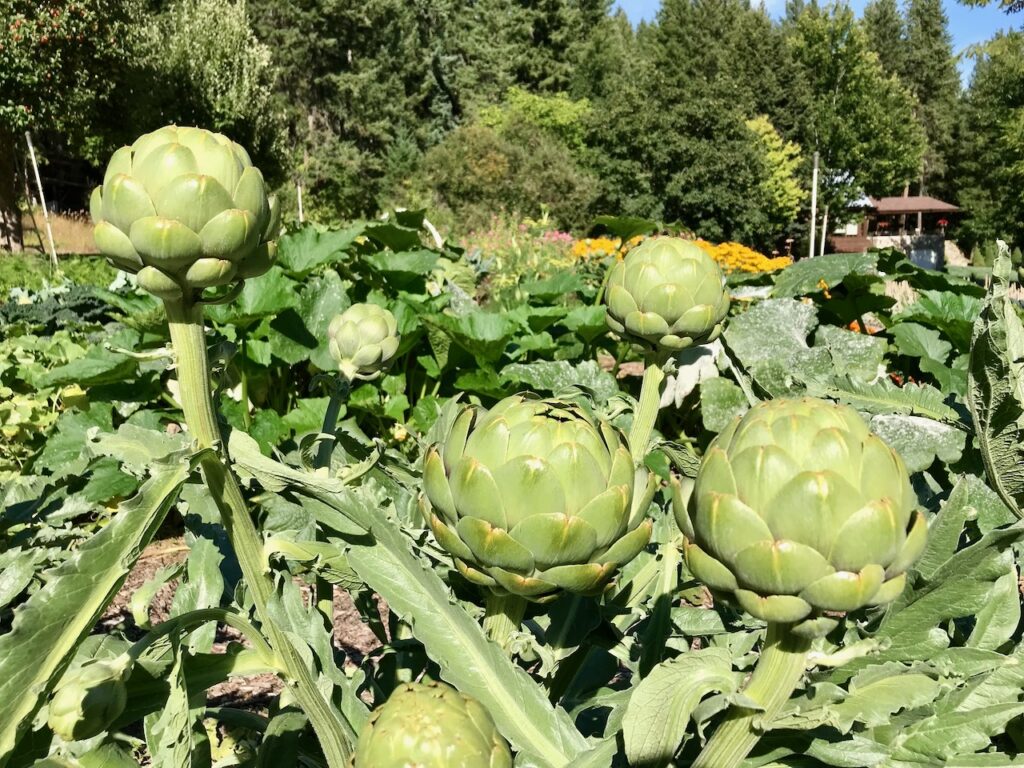
Over the years, we have experimented growing some unusual and difficult to grow vegetables. Some, like Jerusalem artichokes and ground cherries were quickly abandoned, while others like fennel, globe artichokes and Romano beans have become a mainstay. Deciding what to grow in large quantities is often based on how the food can be preserved for winter. We used to freeze many vegetables, but realized much of the nutrition is lost. Now we either pickle vegetables or make soup that is frozen, along with the tomato canning, chutney and sauces.
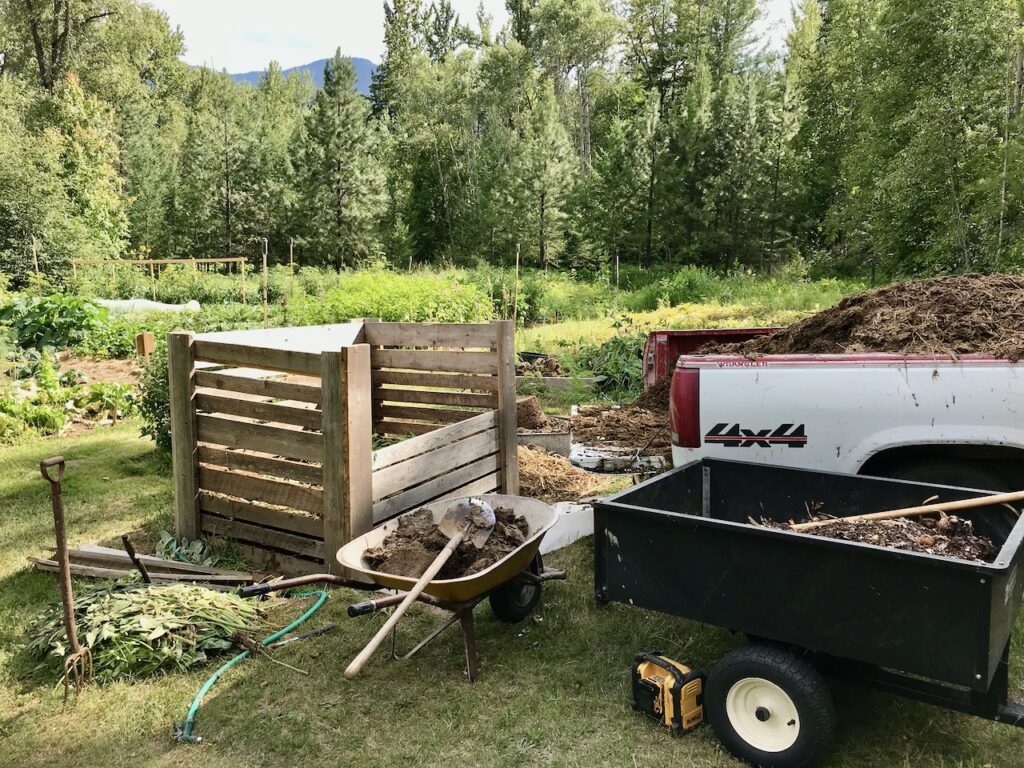
Healthy plants need healthy soil and over the years, many tons of manure and compost have been added to improve fertility. Along with the manure and in some cases, the soil that comes with the plants we have purchased are weed seeds. In the early days, the major weeds were pigweed and lamb’s quarters, which were relatively easy to control if they were pulled prior to maturing and adding more seeds to the soil.
Now the main problem weeds are purslane, chickweed and dandelions that are close to impossible to eliminate. The newest weed that came from plants purchased from a local, organic farm is the tiny, snapweed, that matures far too soon and is easily overlooked. When the mature flowers are touched, they explode sending the seeds far and wide.
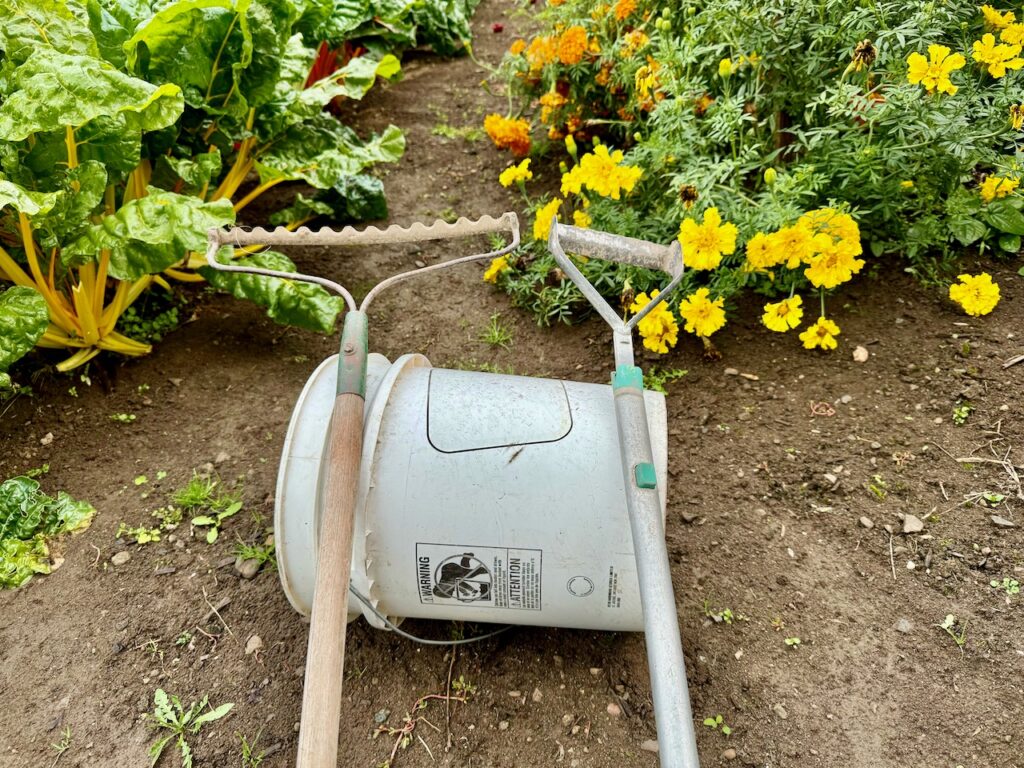
The best way to control weeds is by hoeing and an ideal tool to use is what we call a French hoe that is a six-inch wide, thin band of metal that is slid back and forth to destroy the young weeds without moving mounds of soil. A few years ago, I had a local machinist convert a rake into a much larger, 14-inch wide French hoe, that can cover far more ground in less time.
In addition to the weeds, the major challenge for every gardener are the pests that can become worse as the years progress. Some insects can be controlled, like the carrot rust fly that is kept at bay by covering the carrots with Reemay cloth. When the young broccoli and cauliflower plants suddenly keeled over, I discovered the new pest, root maggots that feed at the base of the plant just under the soil. Using yellow sticky paper to trap the maggot flies helped, as does multiple plantings as the flies are only present for a short time in the late spring. The worst pest is the dreaded flea beetle that has become so prolific we can no longer grow peas, its favourite food.
The weather can also be a challenge, especially as the planet continues to heat up exponentially causing more extreme weather events. One weekend we were away when there was an intense windstorm and returned to find that the corn had blown over. Fortunately, I was able to pull each row back up with a light rope and stakes, so the corn was able to continue growing and produce a crop. With the hotter, drier summers, the gardens need extra watering and some plants get stressed.
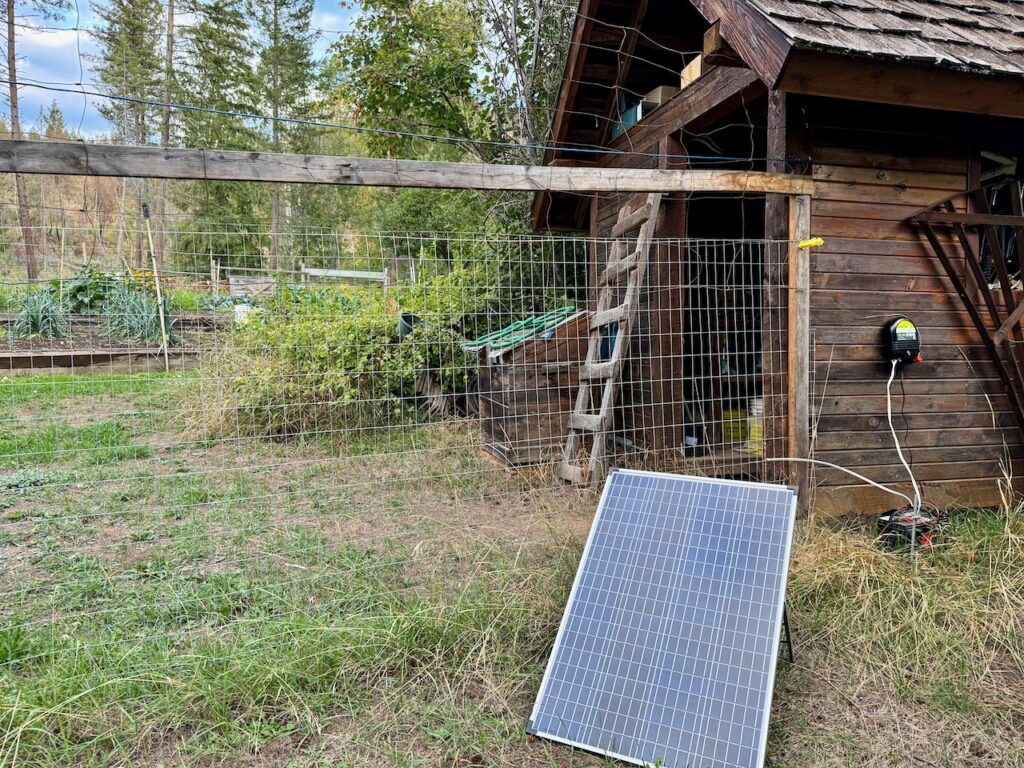
For many decades, we were able to garden without a fence and when the deer became a problem, we used motion detector sprinklers and then noise makers to keep them out. When the more brazen whitetail deer replaced the skittish mule deer, these devices became useless. Our first fence went up two years ago and the second one last year. Last year’s wildfire reduced the food source for the deer and bears, so I was forced to increase the height of the fence to seven feet and when a bear plowed through to eat the apples, I had to add an electric wire and a solar panel to keep the battery charged.
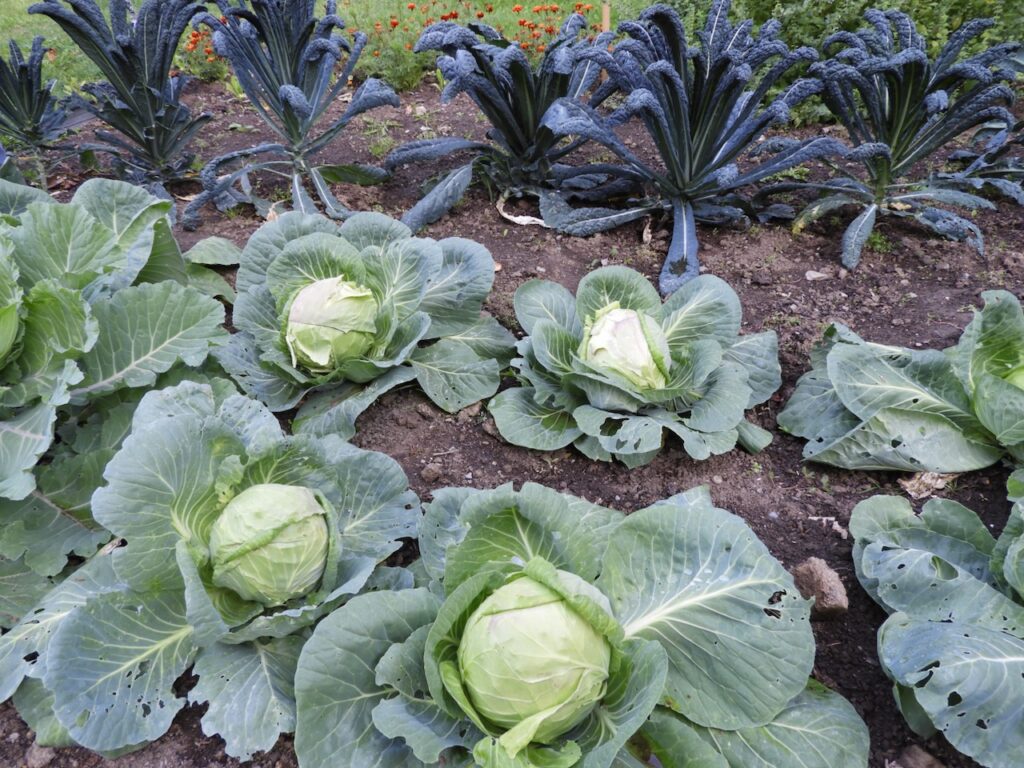
Few people visit here without leaving with a large bag of vegetables and trips to town often includes dropping off cucumbers, zucchini, Swiss chard, lettuce, beets and other delectables with friends, relatives and even at favourite restaurants. The freezer and shelves are filling up and later the root cellar will be stocked to help keep us fed through the winter, when we will be scanning the seed catalogues for next year. Such is the life of a gardening addict with an intense green thumb.
POSTSCRIPT
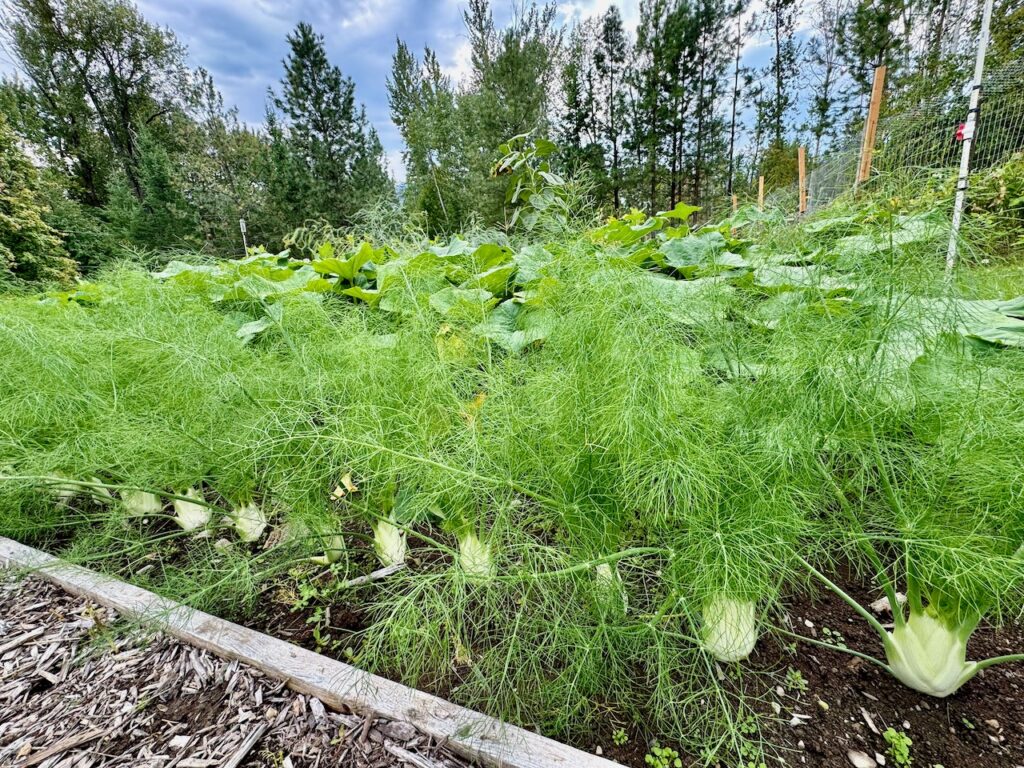
In addition to freezing and canning, we also dry some produce. Our mainstay beverage is a mint tea that includes a ix of peppermints and spearmint leaves, rose petals and lavender – all dried, stripped and blended. We also dry our rosemary and basil and some paste tomatoes. We also use our basil to make pesto, another mainstay in our diet.
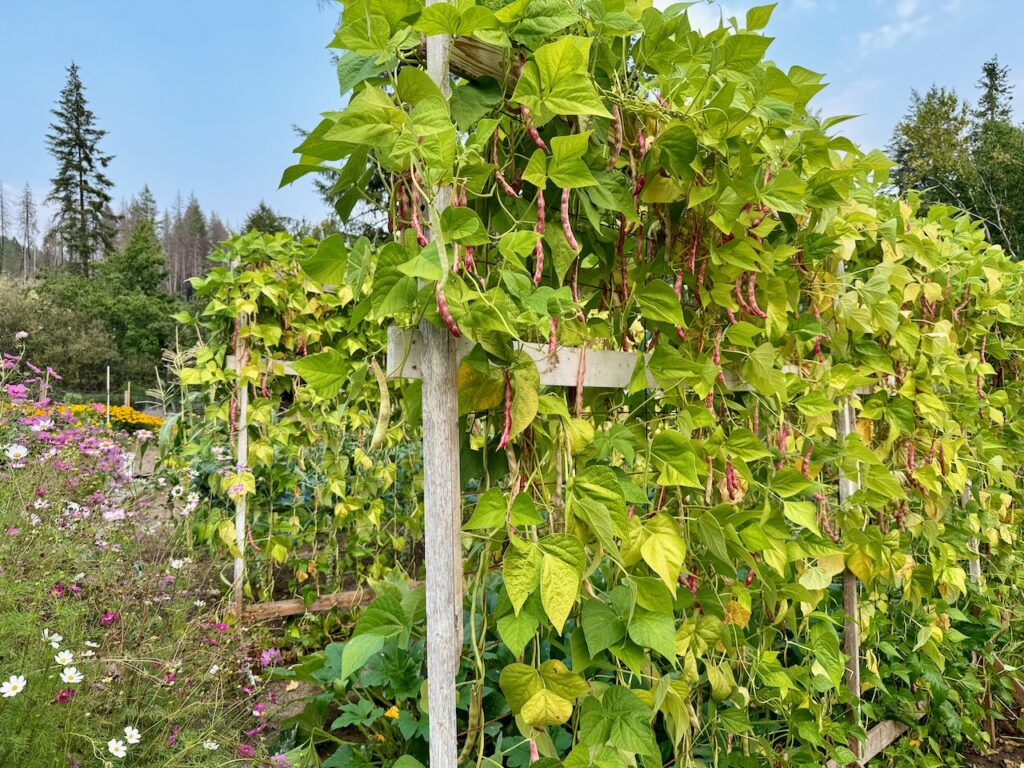
In the last few years, we have grown the king of beans – Romano beans. These are excellent in many dishes and provide a significant amount of our protein source for meals throughout the year. (see Growing Beans).
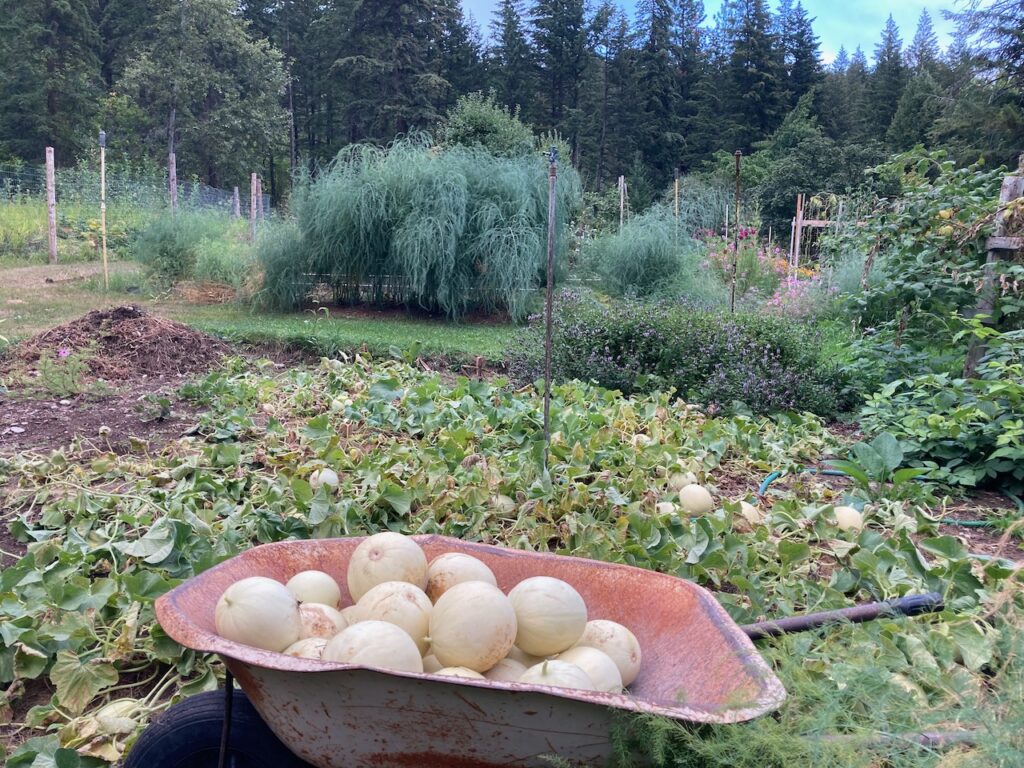
Our favourite melon is the honeydew, which also freezes well for smoothies in the winter. Along with the squashes these plants are started in the spring and not planted out until June when the weather is warm enough. I dig a large hole and fill it with compost, prior to planting.
More photos from the garden:
